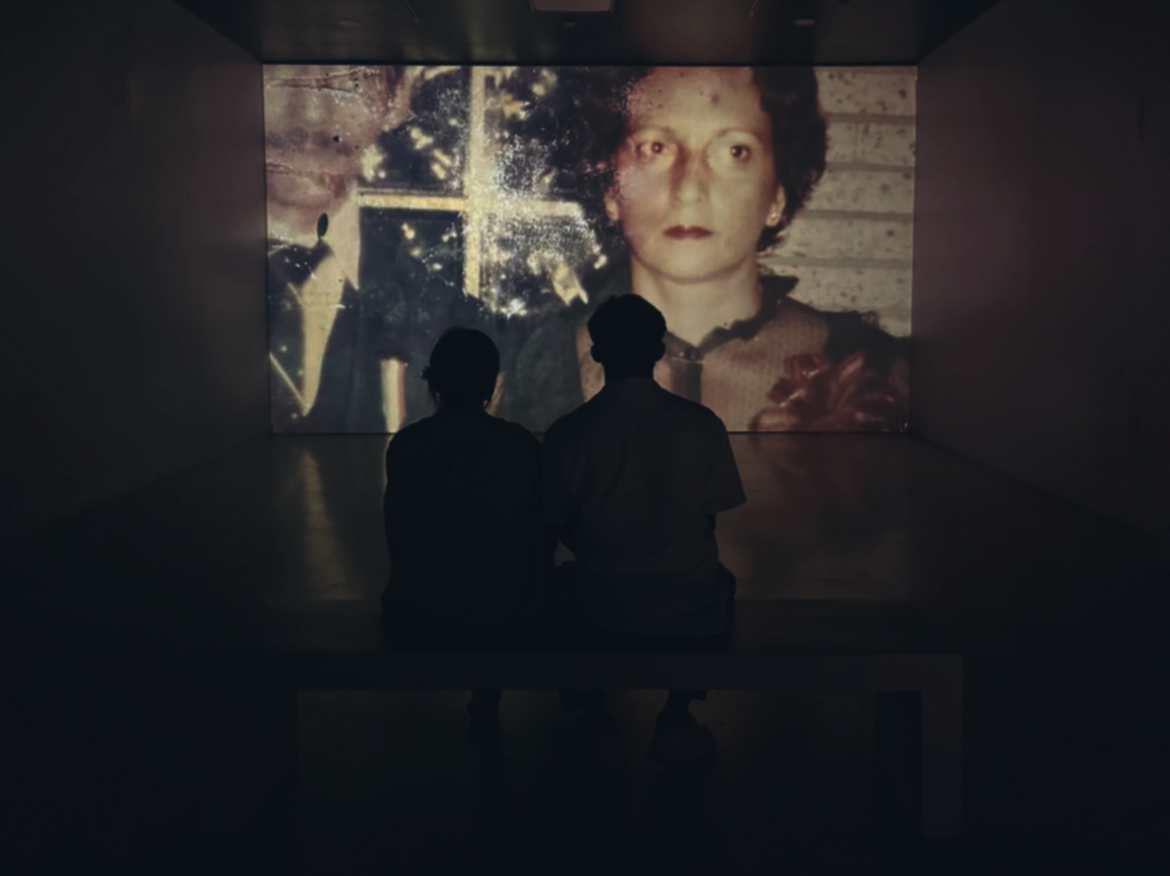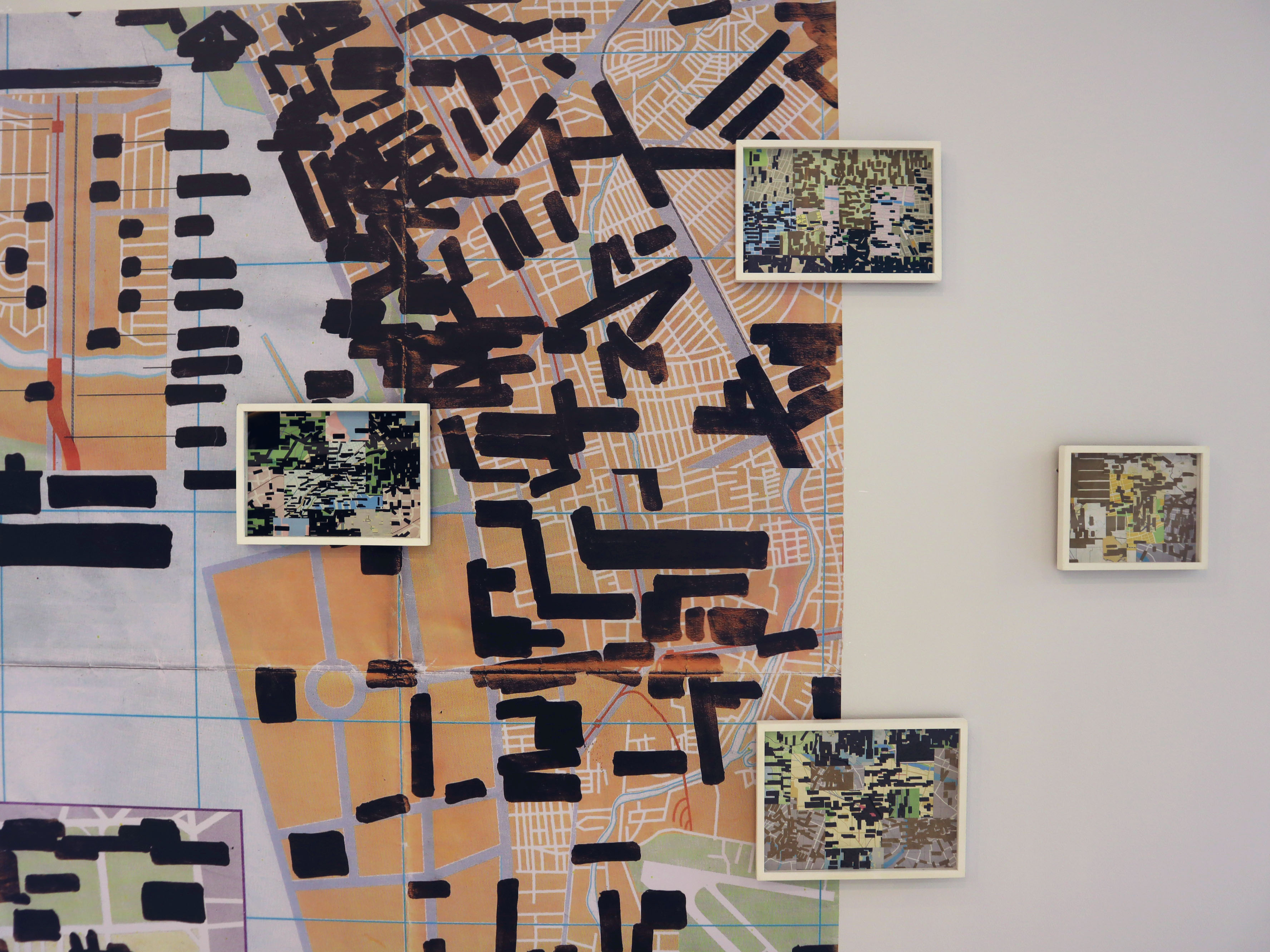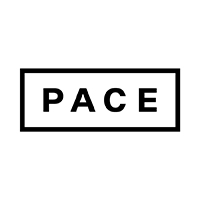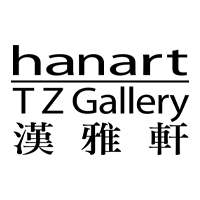A “Fever Dream” at the UP Vargas Museum
By Hung Duong
.jpg)
Detail of CONSTANTINO ZICARELLI’s Dust of men (vertigo records sunset), 2023, sticker (originally graphite on paper). Courtesy the UP Vargas Museum, Metro Manila.
Feb 18–June 1
Fever Dream
The UP Vargas Museum
University of the Philippines
Quezon City, Metro Manila, Philippines
Fevers are our bodies’ biological defense against illness. They also serve as a metaphor for the calenture of overwrought passion, the heat of the city, or the need to self-regulate and attune to hidden traumas. In “Fever Dream,” viewers experienced artworks that expressed a myriad of feverish states and which sought to generate reflection on how we might learn to acknowledge and tend to our mental febrility.
Passion is the diesel to our existence, propelling us forward to explore our milieu, initiate ideas, and realize relationships. But what happens when the state of the world has saturated our passion, or twisted it into malefic forms? On a faux-wall hung Costantino Zicarelli’s three graphite-on-paper drawings from his Dust of men series (2023), encompassing burning desires such as the phrase “Show No Mercy” in flaming font and the glimpse of sharpened teeth in a half-cracked smile. Yet these passionate symbols are nullified by a forlorn figure on a larger sticker, staring into a spiraling Kubrick-style void. A signifier for life’s beginning and end, the void seems to subdue the figure’s passion, reminding him that all life shall return to dust.

Installation view of ANA ELENA TEJERA’s A Love Song in Spanish, 2021, film with color and sound: 23 mins. Courtesy the UP Vargas Museum, Metro Manila.
Contrasting with Zicarelli’s nihilist treatment of passion, Ana Elena Tejera explores feverishness from a woman’s perspective in her short film A Love Song in Spanish (2021). Drawing from her grandparents’ life stories, the artist peruses their memories of love and violence, including how her grandfather was traumatized by his military training in Panama, and how his instilled toxic masculinity destroyed his marriage to her grandmother. Interlacing scenes depicting her grandfather’s gruesome training and her grandmother’s harrowing account of her husband, including how he manipulated his power to dispose of her co-worker in a jealous rage. Through this juxtaposition Tejera portrayed passion in detriment, perhaps as a call to temper its heat and reassess its overexerted, unquestioned validity.
Unchecked passion can also fester into delirium and disenchantment, and the exhibition examined these attributes through the architectural and cultural blueprints of metropolises. In a megacity like Manila, one can easily lose oneself in its sprawling barangays and steaming developments. Responding to his daily experience living in this concrete jungle, Mark Salvatus’s series Codes (2007– ) transforms the city’s paper map by blocking out its street names with swaths of black ink. Through the ink’s gradual corrosion, Salvatus alleviates the city’s density while also complicating its structures, as he obscures a primary navigational anchor. His reactive blocking also nods to the perpetual anxiety caused by the crippling censorship within Manila’s political landscape.

Installation view of MARK SALVATUS’s Codes series, 2007- , acrylic and ink on maps, collage, and image on decal stickers. Courtesy the UP Vargas Museum, Metro Manila.

Installation view of BUEN CALUBAYAN’s (right) Management of Fever Diagram, 2023, text and diagram excerpted and formulated from "Understand yourself and your child for better parenting, learning, and living," lecture by Jake and Bella Tan as part of Parent Education Series of Kolisko Waldorf School. June 3, 10, and 12, 2023, and (left) Banahaw diagrams, 2015, decal stickers with images and words taken from signages and fabric prints within Mount Banahaw complex during a visit in 2015, dimensions variable. Courtesy the UP Vargas Museum, Metro Manila.
As a fever runs its course, one must apply cold salve and rest, allowing the body to persist and reattune itself. This need for relief, whether from the heat and pressure of our internal or external environment, could be seen in Buen Calubayan’s Banahaw diagrams (2015), decal stickers on the windows that take after signage found within the Mount Banahaw complex. The artist has long been fascinated by the mystical energy of Mount Banahaw, an active volcano in the Laguna province that many in the region consider holy. Calubayan draws from his extensive research and fieldwork in and around the sacred mountain to create conceptual works that tangentially conjure its rumored healing power. Closely related was his Management of Fever Diagram (2023), for which he printed a holistic-medical demonstration of fever management that details heat circulation within the network of body organs. Stressing that fevers are a symptom of evolution, both works detail ways for us to tend to our body as it endures transformative heat.
Echoing this transcendent perspective on fevers was Corinne de San Jose’s sound installation Noise herding (2023). From a ring of speakers arranged on the ground, akin to a fairy ring, an orchestrated melange of subtle chords, fragmentary static, and distorted voices infiltrated the air, occasionally jolting viewers out of concentration or luring them into an undulating rhythm between scattered noise and soothing silence. The rare moments of disengagement encouraged by this work, and by the exhibition as a whole, allowed visitors to reprieve and reorient their psyches while navigating the world’s increasingly feverish state.
Hung Duong is a writer and translator based in Vietnam.







